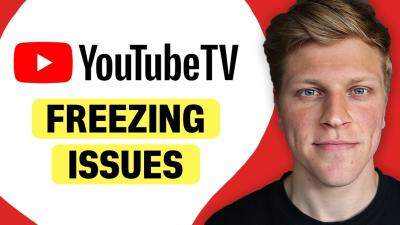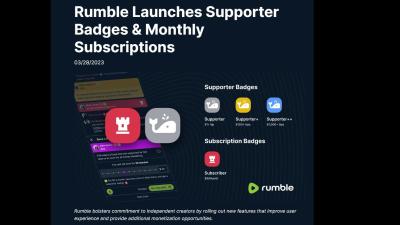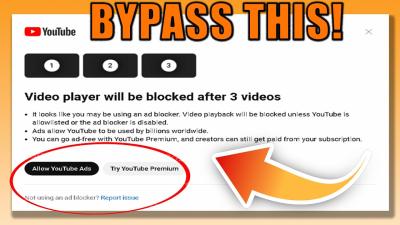YouTube downvotes, or dislikes as they're officially known, have often been overlooked in the vast sea of likes and comments. These tiny thumbs-down icons can provide valuable feedback on content, revealing whether viewers appreciated or disliked a video. With recent changes to how YouTube displays these counts, many people are left wondering how to access this information easily. In this post, we’ll dive into the world of downvotes, help you understand their significance, and provide tips to view them more effectively.
Understanding the Importance of Downvotes

Downvotes on YouTube serve a crucial purpose, acting as a barometer for the audience's reaction to content. While likes give a thumbs-up to what viewers enjoy, downvotes highlight what is not resonating with them. Let's explore why these downvotes matter:
- Content Quality Feedback: A high number of downvotes can indicate that a video doesn’t meet audience expectations. Viewers might find the content misleading, poorly produced, or simply not engaging. These reactions can guide creators in enhancing the quality of their future videos.
- Viewer Engagement Insight: Downvotes offer insight into viewer engagement. If a video has many likes but also a significant number of downvotes, it may suggest polarized opinions about the content. This data is crucial for creators trying to build a loyal audience.
- Ethical Considerations: Understanding downvotes can promote ethical content creation. If content consistently receives negative feedback, creators can reflect on their approach and consider the impact of their content on their audience.
- Algorithm Impact: While the exact algorithms are a closely guarded secret, it's widely believed that downvotes can influence video visibility on the platform. A video with a lot of downvotes may be shown less frequently, guiding creators to produce higher-quality content that resonates with their audience.
However, it’s important to remember that while downvotes provide useful information, they can also be misinterpreted. A video might have a significant number of downvotes for reasons unrelated to its quality, such as changes in community standards or backlash against a creator’s previous actions.
In addition to content creation, downvotes also play a role in audience interaction. Viewers are more likely to express their opinions when they feel their feedback will be acknowledged. Having an avenue to dislike certain content creates an environment where audiences feel their voices matter, thereby enhancing their overall experience on the platform.
The key takeaway? While downvotes may seem like a simple metric, they hold substantial weight in shaping content on YouTube. Creators should pay attention to these votes to continually improve and connect with their audience, ensuring that every video is better than the last.
Also Read This: Is YouTube Automation Legal? Understanding the Rules Behind YouTube Growth Services
3. Traditional Methods for Viewing Downvotes
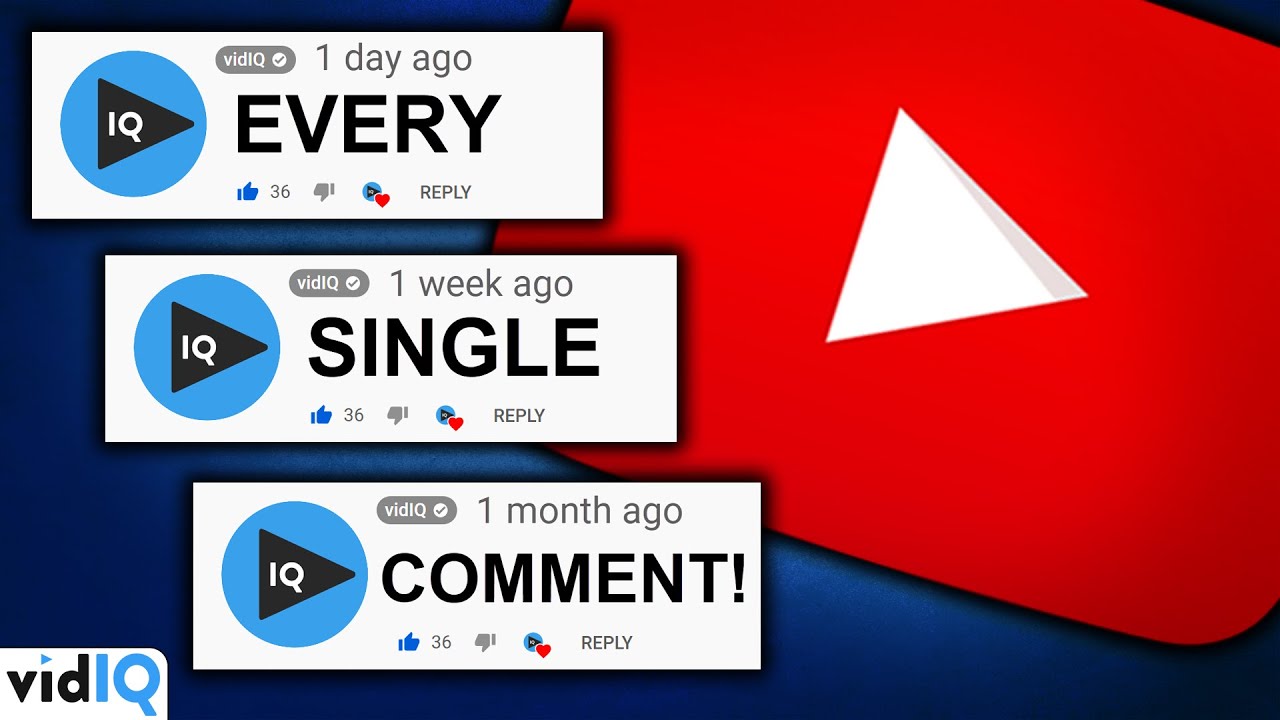
When it comes to viewing downvotes on YouTube, you might be surprised to learn that there isn't a built-in feature that displays this information directly. However, there are some traditional methods you can use to gauge the general sentiment of a video. Let’s dive into these methods!
Check the Like to Dislike Ratio: One of the simplest ways to assess the public's reaction to a video is by looking at the like-to-dislike ratio. While YouTube does not show the actual number of downvotes anymore, you can still see the total number of dislikes expressed through the ratio. If a video has, say, 100 likes and 50 dislikes, that gives you a quick snapshot of viewer sentiment.
Read Comments: The comments section can be a goldmine for understanding viewer opinions. Often, if a video has received significant downvotes, this will be reflected in the comments. Look for comments that express dissatisfaction or critique the content. People tend to voice their opinions when they feel strongly about something, whether it's positive or negative.
Here’s how you can approach this:
- Look for frequent negative keywords or phrases.
- See if many comments cite specific issues with the video.
- Consider the overall tone of the comments section.
Video Engagement Metrics: YouTube provides various metrics for creators through YouTube Studio, and sometimes, this data can give you insight into how well a video is received. Engagement metrics like average watch time and retention rates can indirectly indicate how much the audience liked the content. If viewers are dropping off early, it's possible they didn't find the video valuable, which often correlates with higher downvotes.
In summary, while YouTube doesn't allow you to view downvotes directly anymore, paying attention to the like-to-dislike ratios, comments, and engagement metrics can offer insight into the audience's sentiment toward a video. It's a bit of detective work, but it can yield rewarding results!
Also Read This: How to Block YouTube on Kindle Fire for Better Control Over Screen Time
4. Using Third-Party Tools to See Downvotes
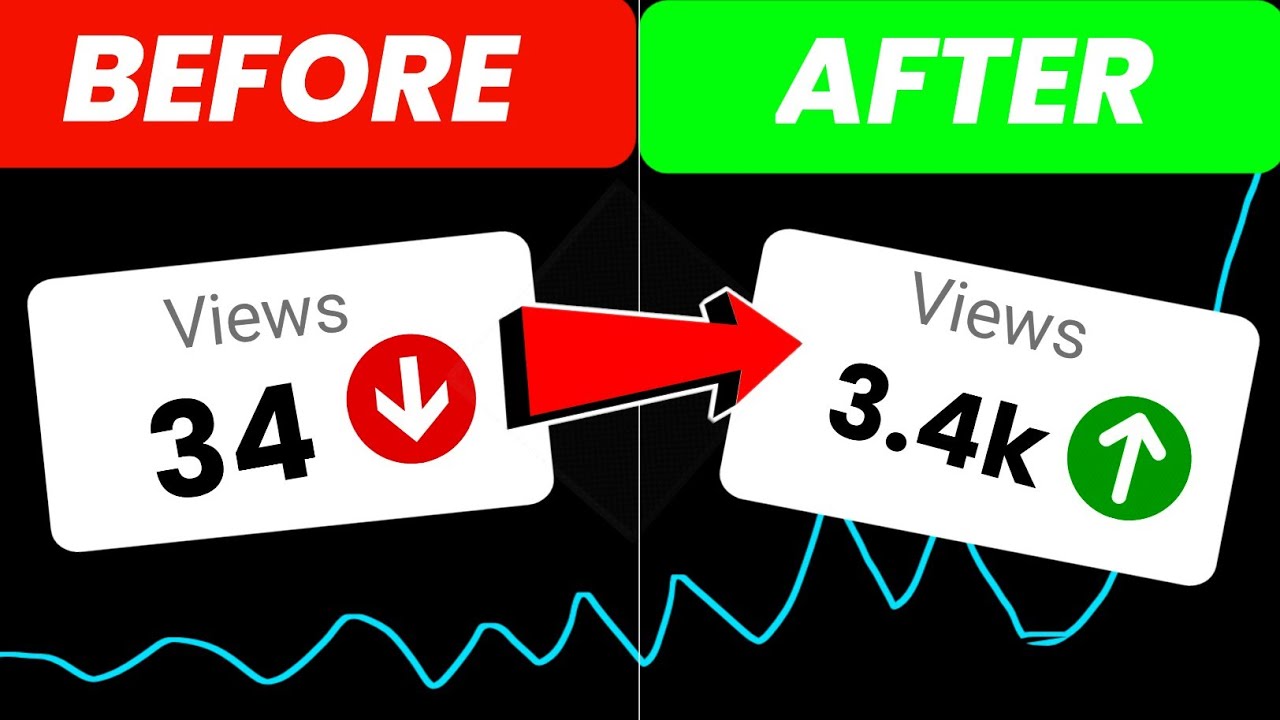
If you're looking for a more straightforward way to see downvotes on videos, you might want to consider third-party tools. While YouTube’s native platform has limited this feature, several unofficial tools can help you track downvotes effectively. Let’s explore some of these options!
1. Video Analytics Platforms: There are several analytics platforms that track YouTube metrics comprehensively. Tools like Social Blade, Vidooly, and NoxInfluencer often provide detailed insights into video performance. While they may not show downvotes explicitly, they can give you an overview of trends, engagement metrics, and even changes in dislike counts over time.
2. Browser Extensions: There are browser extensions specifically designed for enhancing the YouTube experience. One popular type is the YouTube Dislike Count extension, which can retrieve historical data on downvotes. Always be cautious and check reviews before installing any extension, as security is paramount.
3. Data Scraping Tools: If you're tech-savvy, you can utilize data scraping tools or APIs to gather detailed metrics from YouTube. This method requires some programming knowledge, but it can yield custom results tailored to your needs, including dislike statistics. However, ensure compliance with YouTube’s terms of service to avoid any violations.
4. Follow Popular Content Creators: Many popular content creators out there share their insights about video performance and metrics regularly. They might not provide exact downvote counts, but they often discuss trends that can hint at how viewers are receiving their content.
Before diving into these tools, remember that viewing downvotes isn't the ultimate measure of a video's worth. Always consider context, content quality, and community feedback as part of your evaluation. With the right tools and a keen eye, you'll be better equipped to understand viewer sentiments on YouTube!
Also Read This: How to Redeem and Apply a YouTube Premium Code
5. Step-by-Step Guide to Viewing Downvotes
So, you’re curious about how many downvotes a particular YouTube video has received? While YouTube doesn’t make this information as accessible as the upvote count, there are still ways to get an idea. Here’s a simple step-by-step guide to help you view downvotes more effectively:
- Open YouTube: Start by visiting the YouTube website or opening the YouTube app on your device.
- Search for the Video: Use the search bar to find the video you’re interested in. Type in the title or keywords related to the video.
- Click on the Video: Once you find it in the search results, click on the video to open it.
- Check Additional Information: Look in the video description or the comments section. Sometimes, users discuss the reception of the video, including whether they feel it deserves those downvotes.
- Use External Tools: If you really want specific numbers, consider using third-party websites that analyze YouTube data. Sites like Social Blade provide insights into a video’s performance, though direct downvote counts are often elusive due to YouTube’s user privacy policies.
- Watch for Engagement: Pay attention to video comments. Often, people express their opinions about why they downvoted, giving you a qualitative understanding of the video’s reception.
By taking these steps, you can get a better grasp of how a video is performing overall, including the negative feedback that might be hidden behind the scenes.
Also Read This: Using a YouTube Video as Your Alarm: A Step-by-Step Guide
6. Common Myths About YouTube Downvotes
When it comes to YouTube downvotes, many myths and misunderstandings exist. Let’s clear the air on some of the most common ones:
- Myth 1: Downvotes are always shown publicly. While the number of downvotes was previously displayed, YouTube made the decision to hide this metric to reduce harassment and negativity. So, everyone can see the upvotes, but downvotes are no longer visible!
- Myth 2: All downvotes mean a video is bad. Not necessarily! Viewers may downvote videos for various reasons, such as disagreement with the content or simply finding it uninteresting—this doesn’t automatically mean the video is poorly made.
- Myth 3: Downvotes affect the video’s visibility significantly. While downvotes can impact how YouTube’s algorithm recommends videos, the upvote-to-downvote ratio is just one of many factors that determine visibility. It's more about overall engagement.
- Myth 4: Creators can see who downvoted their videos. Nope! Creators cannot identify specific users who have downvoted their videos, as YouTube prioritizes user privacy.
- Myth 5: All creators care about downvotes. Some creators focus more on the constructive feedback in comments than the downvote count. They understand that all feedback serves as a tool for improvement.
Understanding these myths can provide a clearer perspective on how downvotes function on YouTube and what they really mean in the context of video reception. So, the next time you’re watching your favorite vlog or tutorial, keep these points in mind!
Also Read This: Resizing and Popping Out YouTube Videos: How to Customize Your Viewing Experience
7. Best Practices for Handling Downvotes
Receiving downvotes on your YouTube videos can feel disheartening, but it’s important to remember that they are a part of the platform's ecosystem. Instead of viewing downvotes as a personal attack, consider them as opportunities for growth. Here are some best practices to help you navigate the world of downvotes more effectively:
- Stay Objective: It’s easy to take downvotes personally, but try to view them critically. Analyze the feedback and determine if there’s a constructive lesson you can extract from it.
- Engage with Your Audience: Use comments to understand viewers’ perspectives. Ask your audience what they liked or disliked about your video. This engagement can turn negative feedback into productive conversations.
- Review Your Content: Take a moment to reflect on the content that received downvotes. Consider whether it met audience expectations, followed current trends, or was aligned with your overall brand message.
- Adjust Your Strategy: If certain topics or styles consistently receive downvotes, it may be worth adjusting your content strategy. Experiment with different formats or themes to see what resonates better with your audience.
- Don’t Let Downvotes Define You: Remember that even the most popular creators experience downvotes. Focus on creating quality content that you’re passionate about rather than aiming for universal approval.
- Encourage Positive Engagement: Although you can’t control the actions of your viewers, you can encourage a positive environment. Invite viewers to leave constructive feedback rather than just downvotes to help you improve.
- Utilize Analytics: Use YouTube’s analytics tools to track patterns in video performance. Identify any correlations between viewer engagement and downvotes, allowing you to understand how to enhance future content.
By implementing these practices, you can shift your mindset from seeing downvotes as negative feedback to viewing them as stepping stones toward creating better content. It's all about evolving and learning from your audience!
8. Conclusion and Key Takeaways
Understanding and addressing downvotes on YouTube can be a pivotal component of your success on the platform. Here’s a quick recap of the key points we’ve discussed:
- Be Open to Feedback: Downvotes can be valuable feedback. Use them to gauge audience sentiment regarding your content.
- Engagement is Crucial: Interact with your viewers and seek their opinions. This relationship can transform negative experiences into valuable insights.
- Analyze Your Content: Regularly assess your videos to understand what works and what doesn’t. Use analytics to your advantage!
- Adapt and Evolve: Don’t be afraid to change your content strategy based on feedback. Flexibility can lead to greater success.
- Maintain Your Passion: Always create content that excites you. Authenticity resonates more with audiences than simply chasing trends.
In summary, while downvotes can sting, they should serve as a catalyst for growth. Learn from them, engage with your audience, and continuously refine your content. By embracing downvotes as learning experiences, you’ll not only enhance your YouTube presence but also create a more engaged and loyal viewer base. Keep creating, keep improving, and remember that every creator faces challenges—what matters is how you respond to them!
 admin
admin




